5 Frequently Asked Questions about Graphic Novels
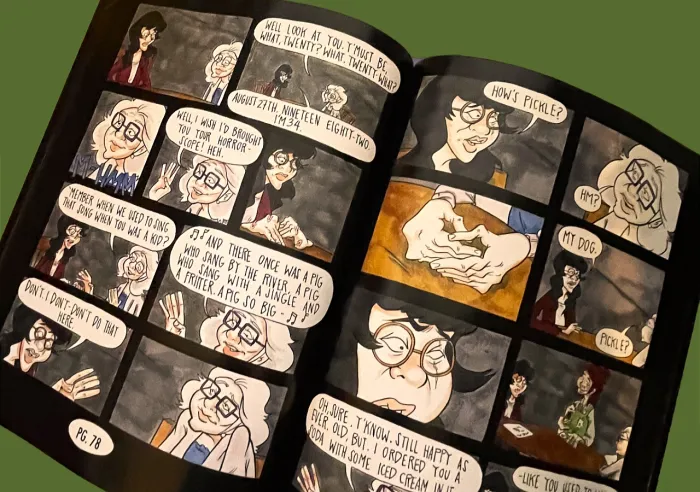
estimated reading time: 5 minutes
1. What is a Graphic Novel?
The term "Graphic Novel" refers to a book format that uses illustrative
artwork as the central component of the book's narrative. Unlike a traditional
novel that consists primarily of written content, a graphic novel relies
extensively on visual art to convey the storyline.
Using a layout style similar to comic books, graphic novels incorporate
a series of illustrated panels that move the story along in a logical sequence. Most graphic novels also display descriptive text and dialogue the same way as
comic books - by using captions and speech bubbles. That said, some graphic
novels forego the use of text altogether and rely solely on images to tell the
story.
Also, whereas traditional novels are fictional narratives,
graphic novels have a broader range. Graphic novels span multiple genres and can
be fictional, like sci-fi, fantasy, or superheroes, or they can address non-fictional
topics such as biographies, historical events, or social issues. In truth, just about any book can be
created using the graphic novel format.
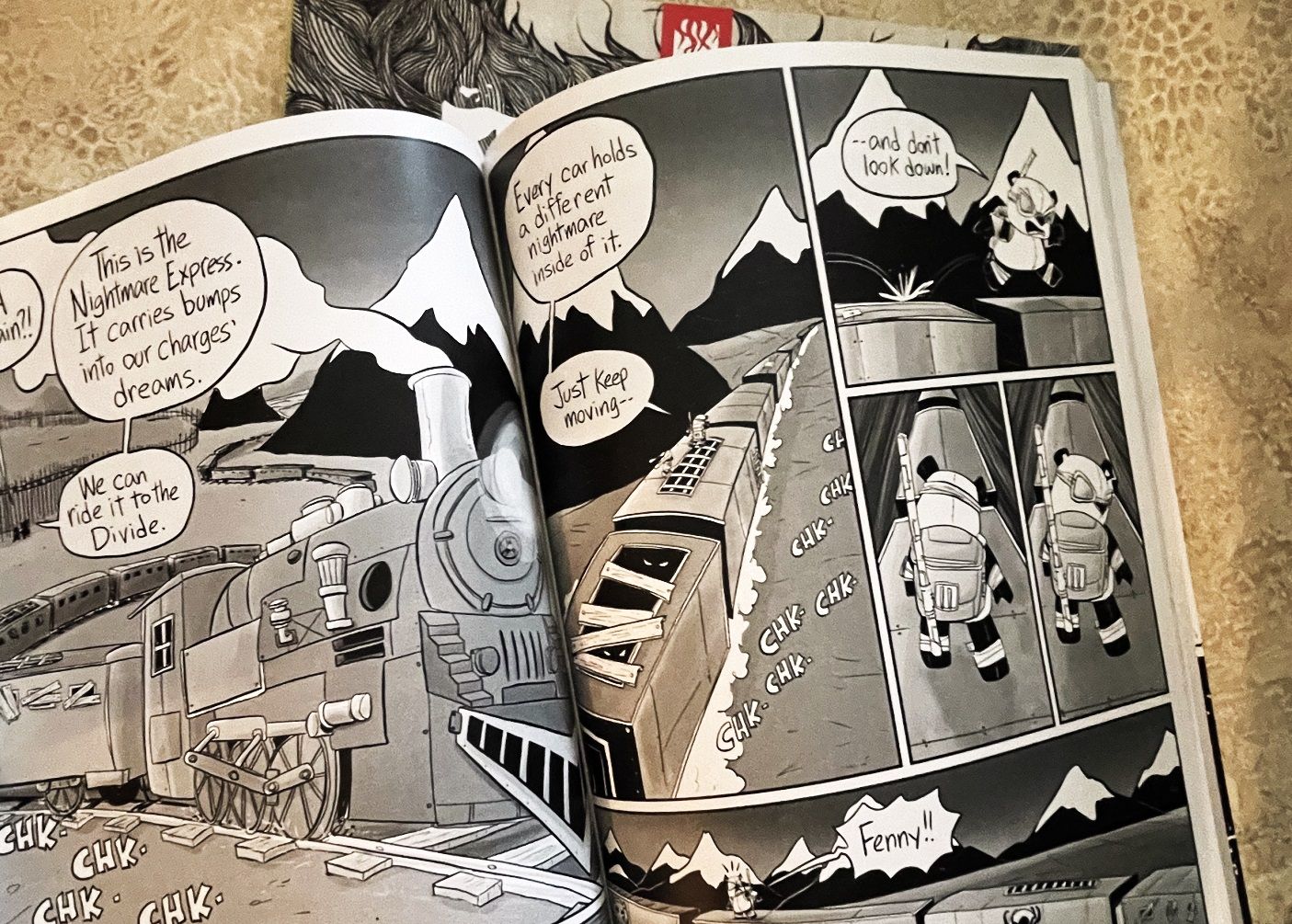
2. Why is it called a Graphic Novel?
Many people associate the word "graphic" with something
shocking or offensive, such as profanity, violence, or explicit sexual
situations. This leads many to mistakenly believe that the term "graphic novel"
refers to a book with adult-themed content.
Though many graphic novels are intended for mature
audiences, the use of the word "graphic" in the context of graphic novels
simply refers to the use of visual imagery or artwork. As such, there are many
graphic novels that are light-hearted and family friendly.
In fact, graphic novels geared toward children and adolescents are actually one
of the fastest growing market segments. This is largely because visual
representations are much easier for younger minds to grasp than words alone. Teachers
and parents alike are recognizing that graphic novels are an ideal learning format
for educational books.
Okay, now that we've cleared up the "graphic" part, let's
address why it's called a "novel."
Novels have traditionally been known as lengthy books. Well, the same is
true about graphic novels. They generally require a substantial page count to
adequately introduce, develop, and conclude their detailed storylines. So,
quite simply, the term "Novel" is used because the books are frequently novel-length.
3. What is the difference between a Graphic Novel and a Comic Book?
Despite how it might appear to the casual observer, a
graphic novel is not just a thick comic book.
Though graphic novels and comic books both use an illustration-based
format, there are several distinct differences.
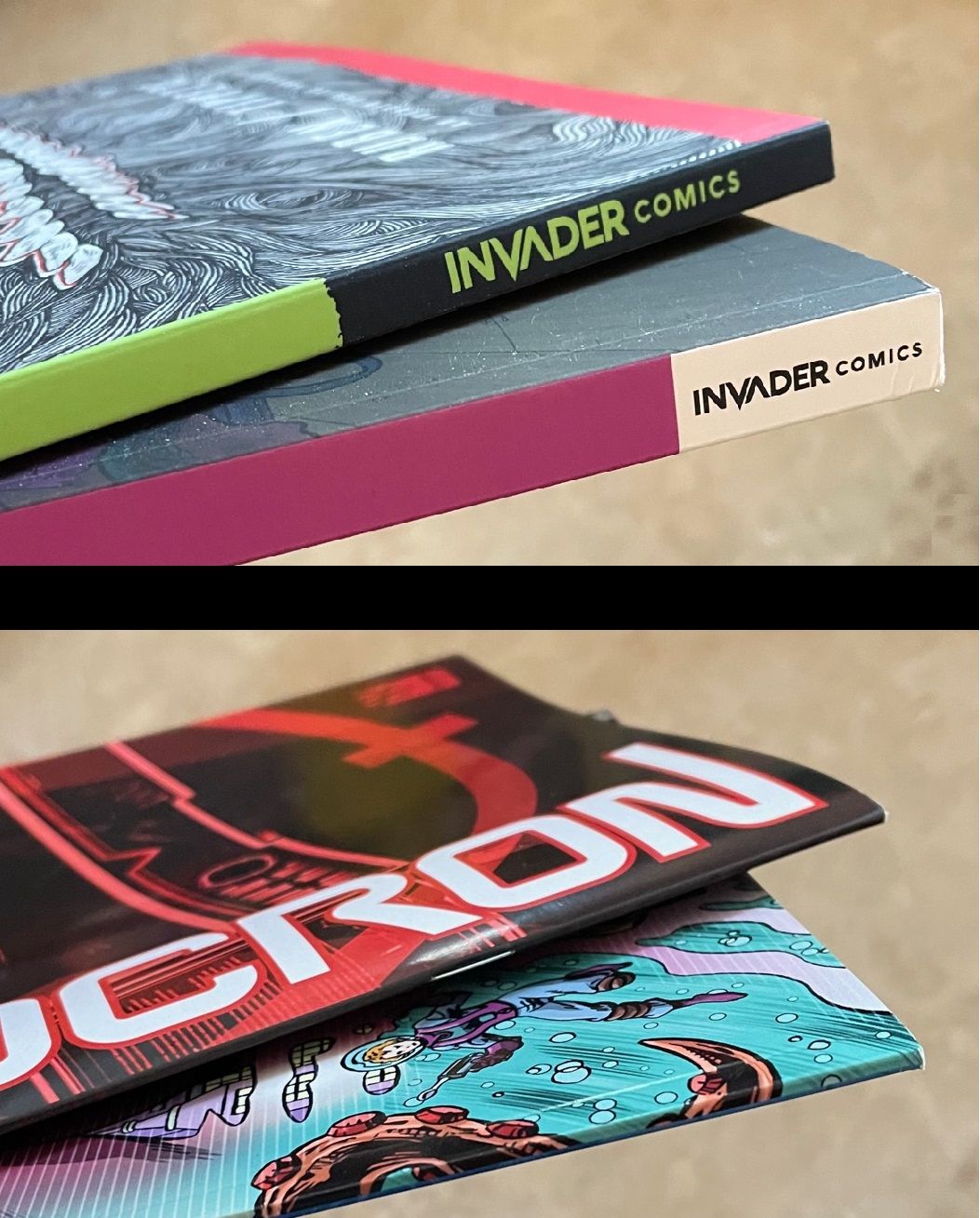
For starters, most graphic novels are self-contained. This
means they offer a complete standalone story, from beginning to end, within one
book. By contrast, the majority of comic
books have traditionally been printed as part of a series.
As such, the story lines of comic books are often
ongoing and flow across multiple issues. This isn't to say that graphic novels
are not sometimes printed as part of a series, but when they are, the story in each
volume is largely self-contained.
Also, because most graphic novels are printed as a complete story
rather than as a serialized section of a continuing story, the content is more
complex than that of a comic book. Being a standalone book, more detail is
needed to properly establish the setting, develop the characters, and advance the plot.
Naturally, the complexity of a graphic novel's story
requires more space to tell it. Hence, a graphic novel requires substantially more
pages than a typical comic book. As a result, graphic novels are thicker and
denser than comic books.
4. What binding style is used for Graphic Novels?
Because graphic novels have a medium to high page count,
they are generally bound with either the Perfect Binding method or with
Hardcover Binding. Both of these methods produce a flat spine that can be
printed with the title of the book, the name of the author, the name of the illustrator, and other essential information.
The most common binding method used for graphic novels is Perfect
Binding. This is an economical but aesthetically-pleasing binding method that
uses a strong yet flexible adhesive to bond the pages within a one-piece wraparound cover.
Once the adhesive sets, the three open edges of the book are neatly trimmed to create clean "perfect" edges. As a result, perfect bound books have a very crisp and professional
appearance.
The other binding method used to create graphic novels is Hardcover Binding. However, due to its substantial cost, the hardcover method is generally reserved for special editions. The cover of a hardcover book is made from three separate pieces of dense paperboard that form the front cover, the spine, and the back cover. A one-piece wraparound outer cover is glued to these pieces of paperboard, leaving narrow gaps between them. Once the pages have been fastened within the cover, these gaps provide a hinged area on each side of the book's spine to allow the book's cover to open and close.
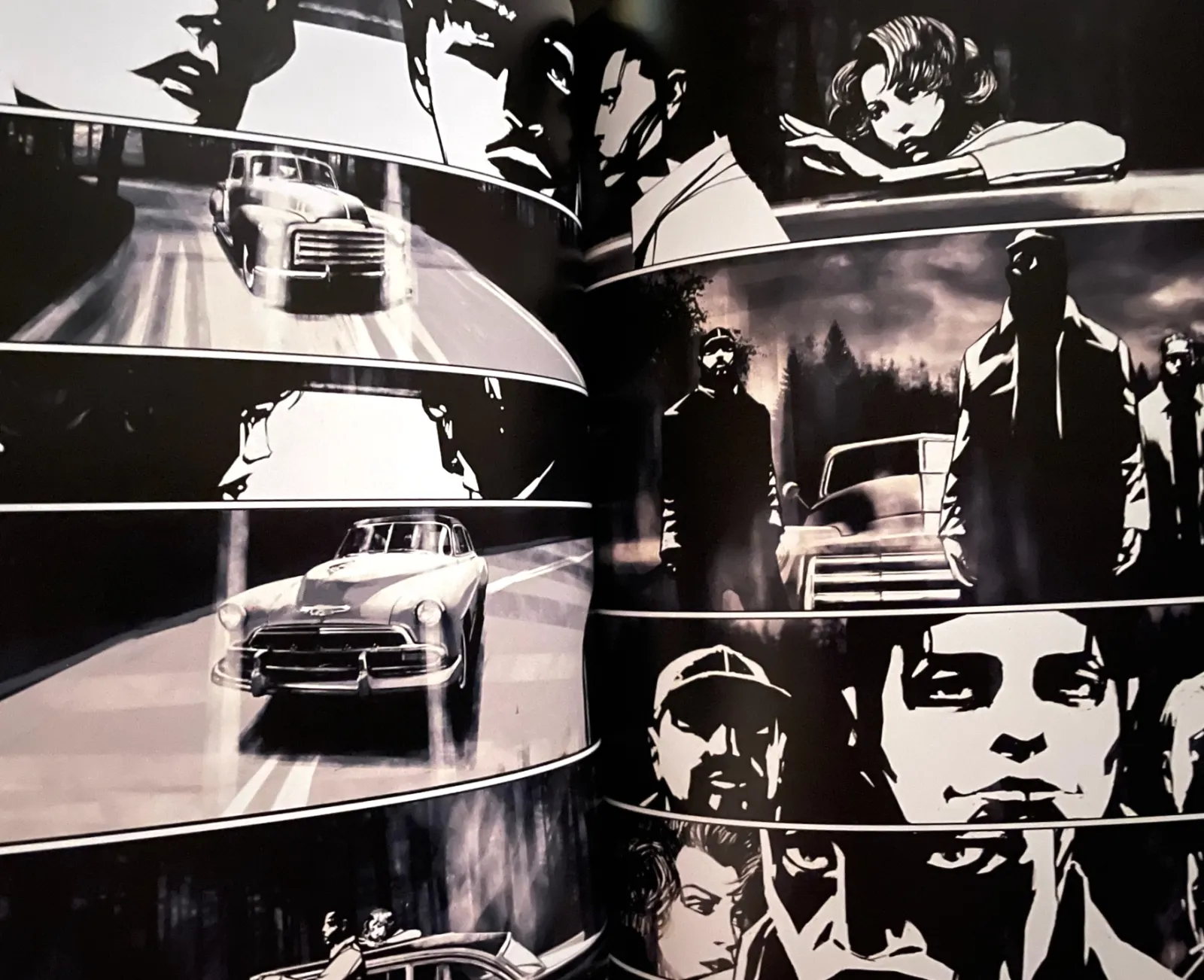
5. Are Graphic Novels always printed in full color?
Though full color printing is a popular choice for many
graphic novels, grayscale or black and white imagery is also very common. Because
the color scheme can raise or lower the intensity of the artwork, it is often chosen
to reflect the theme of the story being presented.
For example, graphic novels that have dark, scary, or
mysterious themes, are often printed with muted colors or are devoid of color
entirely. Conversely, novels that have fun, cheerful, and upbeat content,
especially those created for a younger audience, are often printed in full
color.
Even if the cover is printed in full color, the interior pages will often be printed in grayscale or black and white. This not only adds intrigue and appeal to certain graphic novel projects, it can also result in substantial cost savings. Using black ink by itself, in concentrations from 0% to 100%, can create high-resolution images less expensively than using multiple ink colors.
Are you looking to print a Graphic Novel?
Color Vision has a strong reputation for producing
high-quality graphic novels and comic books. As a full-service printing
company, we have both digital and offset production capabilities. This allows
us to meet the needs of independent creators as well as publishers. We also
offer a wide variety of finishing and binding options.
So if you are looking for quality printing and binding at a
reasonable cost, give us a call at 800-543-6299 to discuss your book project.
Or, use our simple Quote Request form to send us your specifications
and we will be happy to email a custom quote to you.
As always, we hope to hear from you soon and look forward to working
with you!
Color Vision would like to extend our sincere gratitude to INVADER COMICS for allowing us to use photos of their creative works for this article. When it comes to graphic novels and comic books, INVADER's imaginative blend of art and literature never ceases to impress.
Related Articles

Which Book Projects Benefit From Being Spiral Bound?
Read This Article

Booklet Catalogs: Why is this Catalog Format so Popular?
Read This Article
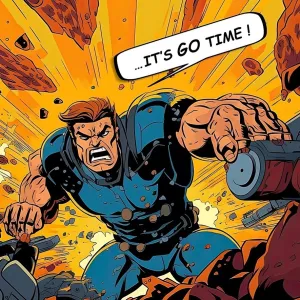
Creating a Comic Book? Here’s some Advice from a Printer
Read This Article

Perfect Binding vs PUR Binding: What is the Difference?
Read This Article